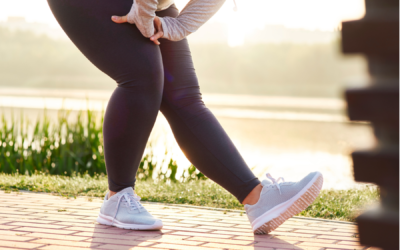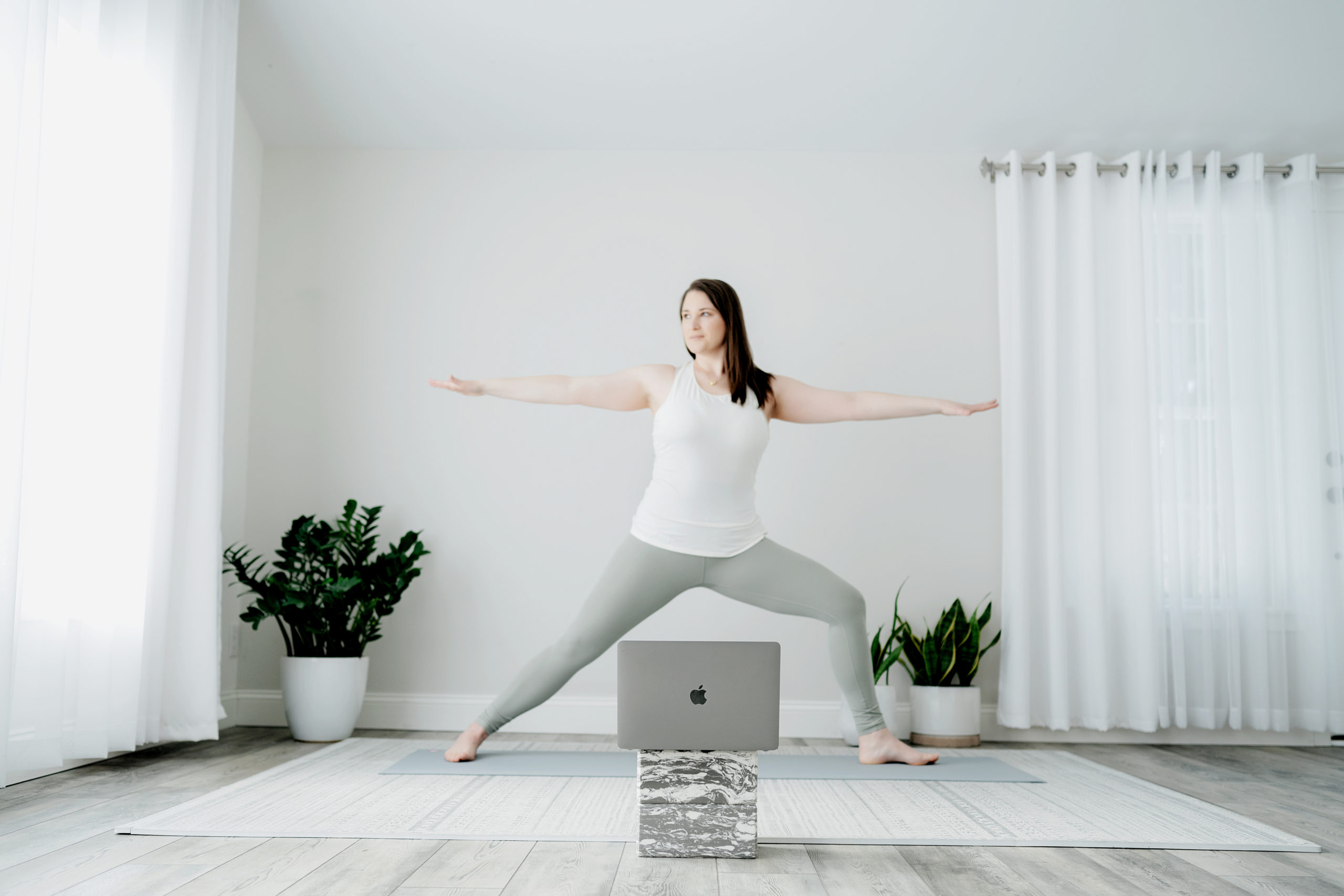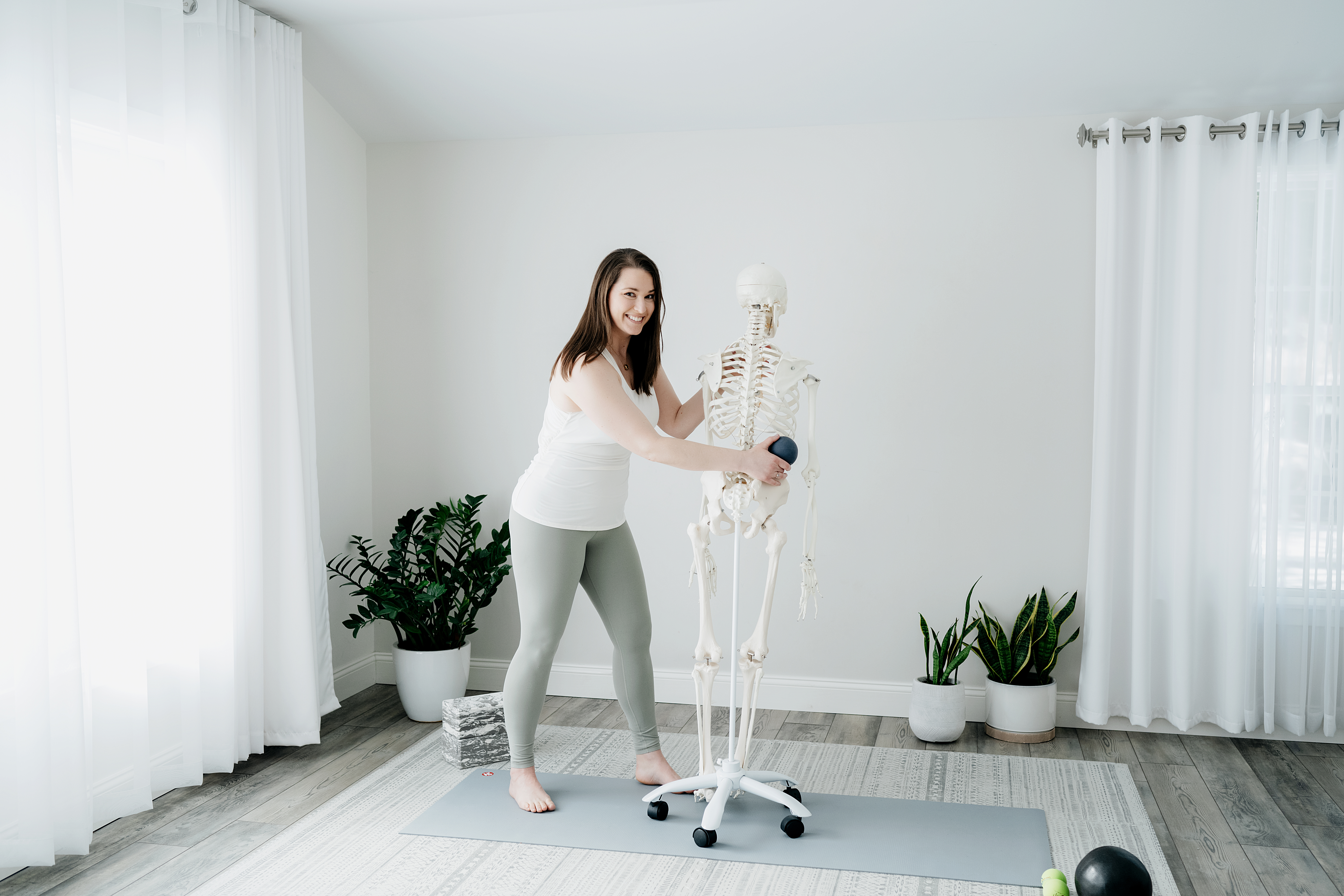Happy New Year! Did you sign up for a 30 day squat challenge or resolve to get back to your 10 miles a week running routine? Good for you – you’re doing great!
As you get into the groove, are you noticing new aches and pains? If your new moves are drastically different from what you’ve been doing the past three months, your joints may need some specific functional training to support jumping back on your spin bike.
Joint twinges can be written off as tight muscles or being out of practice. You probably won’t even think about how your knee moves (or doesn’t move) through its range of motion until your knee is sore. You may not even notice how your shoulder joint spirals (or doesn’t) until it tweaks slipping into your winter coat. Pinchy pains may derail your movement motivation, stop your athletic endeavors, and prevent you from doing day to day tasks comfortably.
I know because it happened to me. I didn’t worry about my lumbar spine alignment when I was hanging out in forward folds until I herniated a disc and I had no choice to pay attention. It happened because my movement practice wasn’t as well-rounded as I had thought. The injury created mistrust in my physical practice of yoga, disconnected me from the movements I used (in part) to manage my mental health, and stopped me from doing activities that I wanted to do without reservation.
You may not be able to perfect your movement practice to avoid injuries. But, you can move with intention, attention, and specificity to better prepare your joints for a variety of tweak free movements. And, ultimately, what’s the purpose of moving more? Better living and more freedom to do the things that you want to do, right?
What’s your purpose for moving more?
Our environments are set up for stillness and not movement. Over time, your body can forget how to properly use some ranges of joint motion. So, when you try to cancel out sitting at a desk for long stretches with crunches and kettlebell swings, you end up compensating for some sticky joint motions by overusing others. Or you may do moves like planks with wrists and shoulders that aren’t used to bearing load in those ranges of motion.
Even our exercise routines overlook some ranges of motions. Many exercises are linear movements (machines, sets, and reps or moving forward and back on a mat) and don’t reflect the dynamic positions you need to do the laundry and sit on the floor with your kids. After a while, you may feel new twinges and injuries and you’re unable to comfortably use your body the way you’d like to.
Don’t get me wrong, the movement you’re doing isn’t bad for you. Keep doing it!
The only “bad” movements are the ones that your tissues aren’t prepared to do.
And don’t worry if you haven’t thought about it this way or if this is new to you. You’re here to learn, right?
For supple, mobile tissues, start with a strong foundation. You’ll need some range of motion essentials before you jump from seated for 8 hours a day into a 30 day push-up challenge.
These are the pillars of my approach to teaching movement.
(Now, I know you want to get right to that new running program. You can work these steps into your current routine.)
Start with Mindset. Check this one off your list. By reading this article, you’re on your way to a movement mindset shift. Explore your purpose for movement. There’s no right or wrong reason to move more and it can be for lots of different goals. Could you expand your purpose to include conditioning your tissues for the movements of everyday life? Would you be willing to spice up your routine with novel movements and practice them with curiosity?
Establish Your Breath Practice. Diaphragmatic breathing will get your nervous system on board to expand the usable space in your joints. It will encourage your ribs and pelvis to play nicely together for core stability. Deep breath will also help you surf intense sensations as you explore new ranges of motion.
Connect Your Mind to Your Muscles. Adding mindfulness to your movement practice will help you notice subtle shifts and changes. It’ll help you uncover body blind spots and underused, overused, and confused muscles.
Sprinkle in Specific Strengthening. Mindful movements will reveal which areas of your body need more attention. Once you know that, you can add specific, micro movements to improve joint range of motion. Play with movements that call for your tissues to spend time under tension. Safely loading your tissues will make them adapt to the new forces acting upon them. Small movements now, lead to big movements later.
Give Yourself Time. However your joints feel right now, it’s the result of all of the movements (or lack thereof) you did up until this point. There’s no need to beat yourself up for not knowing what you didn’t know. Simply start where you are now and allow your range of motion to improve over time.
Take a look at the pillars above.
What are you already doing? Air high five – way to go! Which phase needs more attention? At first, this is a linear progression, then as you become more practiced, you’ll use all of the concepts together during your movement practice.
Here’s to moving better in the New Year! Cheers!







0 Comments